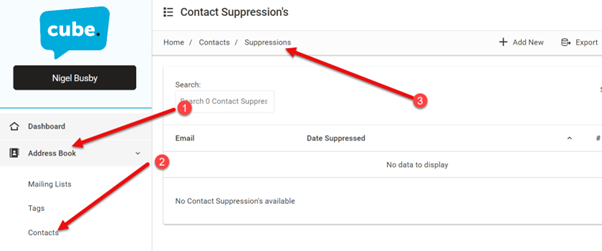Get your emails into the recipients inbox and then get it read and engaged with - what could possibly go wrong?
If you can do this the ROI is unmatched, so you can’t ignore email.
So, here’s what you need to know.
The actual return of your email program is going to be impacted by a number of factors:
You, we, them, we all have a sender reputation that in an ideal world should be cherished, but we all know it’s not an ideal world. Your sender reputation and deliverability are linked. Your sender reputation is determined by domain and IP reputation, as well as your engagement and authentications, and is how ISPs determine how trustworthy you are.
So send like a spammer and your reputation will diminish along with your deliverability.
It’s a process
1. Keeping bad email addresses out of your email list helps prevent spam traps that could get you blacklisted. Before you upload a list get it verified by a third party checker like Emailable.com. They’ll tell you the naff ones and the ones they see as ‘risky’ and you shouldn’t upload them.
2. Be very wary of free email addresses (Gmail, Yahoo, BT etc.) and job role based email addresses (info@, sales@, accounts@ etc.) If you’ve bought a list and it’s loaded with these then you’ve bought a pup and I wouldn’t touch it with your barge-pole. Saying that using bought in lists is against our Anti Spam Policy but we know it goes on.
3. Set up your email authentications – SPF, DKIM and DMARC records on your sending domain’s DNS records. These tell the internet that they are your emails and they’re genuine (very important). On that note it’s best to use a separate domain for sending marketing emails in order to protect your corporate domain name.
4. Monitoring how recipients engage with your emails is also important to ensure your list is not sending ISPs signals that will negatively impact reputation. Do not persist in sending to people who consistently do not open your emails – they’re a damaging waste of time and you should ‘suppress’ them to take them out of your lists.
5. Maintain a clean email list so go for a minimum bounce. We used to report these and now we’re reporting and managing. Some will be unsubscribed and some suppressed.
Monitor and reacting to metrics to adapt your strategy as protocols evolve. Long winded way of saying don’t send rubbish. Good email marketing policy is sensible policy; you’ll see the number of contacts fall, but the number of opens go up and the levels of engagement.



T : 01386 257757
E : sales@incontrolmarketing.co.uk
support@incontrolmarketing.co.uk


